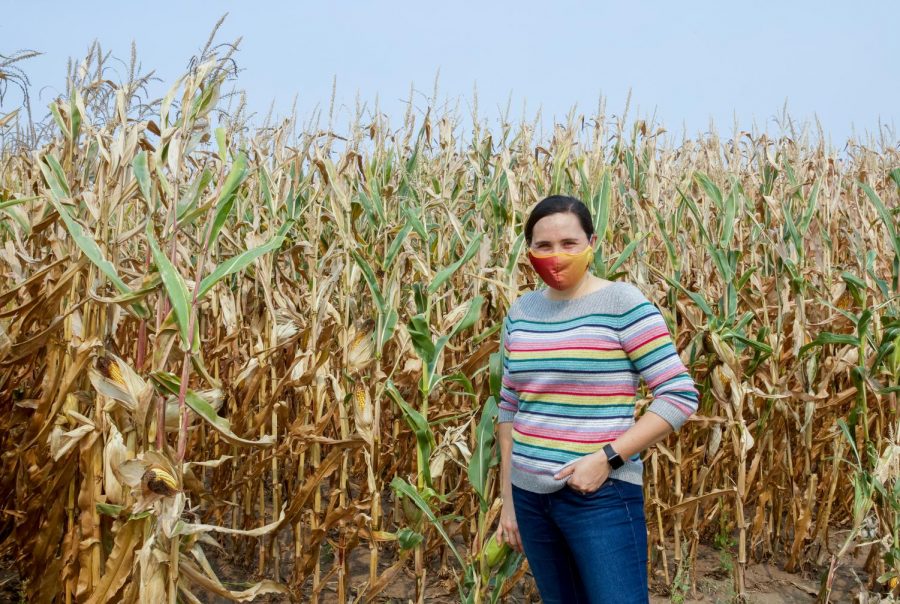A new University of Minnesota professor in the College of Food, Agriculture and Natural Resource Sciences is creating a University Extension program that will bridge climate research and community outreach.
Heidi Roop — a recent hire in the Department of Soil, Water and Climate— plans to build a hub that will foster conversations about climate change and help farmers and policymakers implement changes based on their research.
“Whether we are aware of it or not, climate is part of our lived experience,” Roop said. “It will touch every one of our lives, and everyone will experience climate change differently. And [one of] the fundamental questions now [is], how do we prepare our communities for the changes?”
Part of Roop’s role will be engaging with important stakeholders, including economists, community leaders, policy makers and farmers, about the impact of the changing climate. Roop will also be conducting her own research on the effectiveness of climate change communication. She will be working with a number of national organizations like the National Aeronautics and Space Administration and the National Oceanic and Atmospheric Administration to analyze weather and climate patterns.
Joel Larson is an associate director of the University’s Water Resources Center, a group that brings University water-related research and makes that information accessible to a broader audience. He said there are two parts to climate research: collecting the data and then getting that information to the public. Because a lot of research is peer-reviewed, data can often be hard to digest and inaccessible, Larson said.
“It’s a challenge to connect a phenomenon and impacts, as large as climate change back to somebody’s individual circumstances, because by definition climate change is a long term global phenomenon,” Larson said. “And what Heidi is particularly good at is helping people make that connection.”
Roop worked at the University of Washington for three years, where she led a similar climate initiative that allowed for collaboration among scientists and stakeholders. Her research with the University of Washington Climate Impacts Group focused on quantifying and improving the group’s engagement efforts across the region. She had also previously developed education and communication programs within NASA, and was a former physical scientist at the United States Geological Survey of Colorado.
Despite her background, Roop was not always interested in studying science in her undergraduate years. All of that changed when she took an introductory geology course and realized its real world application. In a trip to Alaska the following summer, Roop studied geology first-hand. Camping at the edge of glacial lakes, she spent her summer monitoring the flow of Alaskan streams and collecting lake sediment she then used to reconstruct the climate of the past 2,000 to 5,000 years.
“She’ll be putting Minnesota on the forefront of climate adaptation and climate research,” said Carl Rosen, the Head of the Department of Soil, Water and Climate. “Really exciting time for her and the department.”




















Jennifer Carter
Sep 24, 2020 at 12:28 pm
Presumably there’s a photographer nearby?
Larry Hanson
Sep 22, 2020 at 12:53 pm
Is it really necessary to mask up while standing in a corn field by yourself?